Recapping KIOO Project's Trip to Nepal with Babita Patel and Marcus Russell Price
8 Share TweetBack in July of 2022 we covered KIOO Project's (pronounced Key-oh) efforts to advance gender equality in marginalized communities and showed support for their trip and workshop in Nepal.
The goal of the organization's workshops is to help girls build self-confidence and leadership skills while boys recognize the leadership and ability of the girls and see them as equal. This is achieved by teaching photography to girls in the targeted community who then teach photography to boys in return.
The workshop, created in partnership with Kids of Kathmandu and Sattya Media, has now successfully concluded.
Board Member Marcus Russell Price, for whom this was his first trip with the project, and Founder and Executive Director Babita Patel sat down to tell us all about their experience in Nepal and how our community can further support KIOO Project's efforts to "picture equality."
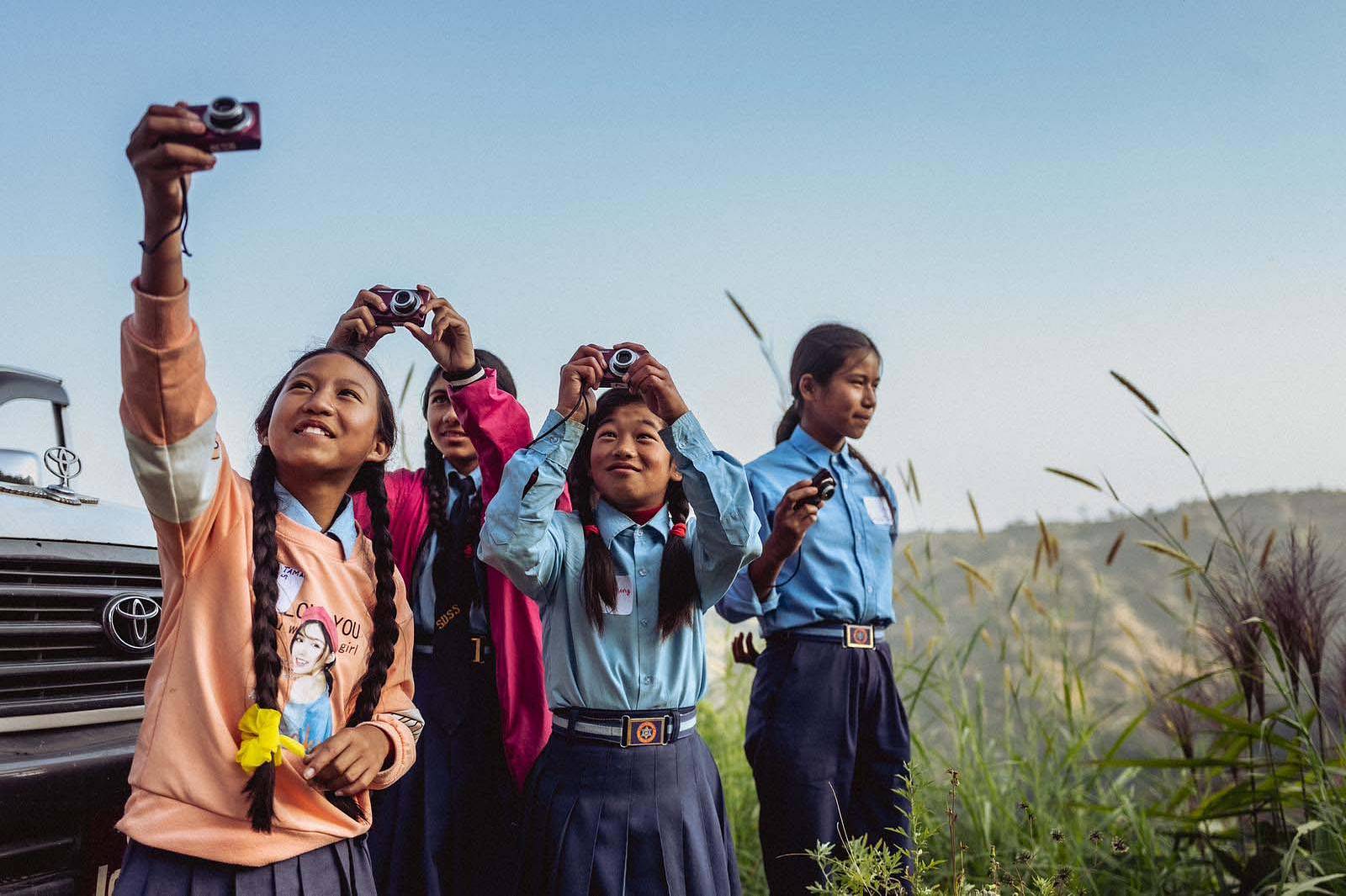
Hi Babita and Marcus, welcome back to Lomography Magazine! How has KIOO Project been doing since the last feature highlighting the trip to Nepal?
Babita Patel: At the end of 2022, KIOO Project hosted its first workshop in almost three years in Nagarkot, Nepal. We created a unique partnership with Kids of Kathmandu, which has built 10 schools in Nepal thus far, and Sattya Media, a collective of Nepali artists, photographers, filmmakers and illustrators. While working with the students, we also incorporated a train-the-trainers element where team members from both organizations learned how to implement our curriculum throughout the school year. And with the photography equipment we donated to them, they will be able to host photography workshops at schools throughout Nepal.
Marcus Russell Price: We’re so grateful to Lomography for taking an interest in KIOO Project. I’d say the Nepal program was a great success and we’re really excited to be able to share it with the Lomography community. Thanks for caring!
Marcus, this was your first trip as a part of the KIOO team, how would you describe it?
Marcus Russell Price: The beauty of Nepal is absolutely unreal. Babita said it was her favorite place in the world, and it wasn’t hard for me to see why. It was never a blip of a possibility to me that I would one day be waking up to panoramic views of the Himalayas.
I had a fair amount of anticipation leading up to the program, but I was able to lean on Babita’s experience and incredible leadership skills. I felt very fortunate I didn’t have to go at it alone. Babita is so awesome.
Why is photography specifically important to your cause as opposed to another art medium?
Babita Patel: Photography was at the start of our work because, frankly, it is the art form I know the best. I am a humanitarian photographer, and thus have personal experience in expressing myself through the lens of a camera. It is also part of the founding story of KIOO Project.
I was on assignment in Cité Soleil, the largest slum in the Western Hemisphere located in Haiti, one of the poorest places on Earth. Trash littered the streets and dirty stagnant rainwater was often used as latrines. The sun pulsated directly overhead, bleaching the blue sky to a blinding white. Sweat droplets raced down my spine and pooled at my lower back. Children dressed in rags —or for some, in nothing at all— played a spirited game of soccer with a half-inflated ball. I snapped a picture of a group of rambunctious kids, only to have eager young hands grab at my camera to see the image captured on my screen.
The novelty of the reproduction faded and most darted off between the shanty houses. One remained, diligently pointing at each face on the screen, as if ticking them off in his head. He stopped at the last one. His own. He let out a burst of pure, innocent, giggling glee and scampered off. Alone, I realized that for people who have next to nothing, a mirror is an unattainable luxury. This child only met his reflection by process of elimination. For he knew which ones were his friends and which one was the stranger.
I felt dumbstruck. For I never realized a person could walk through life without knowing her own physical self. But photography can change that. It lets a child see themself and their world through different eyes. By learning tangible skills and creating new avenues of self-expression, they can contribute to their life and their community.
Marcus Russell Price: I think photography is just plain fun. Whether it’s the first time or the 500th, when you’re holding a camera in your hand the mission is clear: go capture. So, I think it’s easy to get kids excited about seeing how their world can look through the lens of a camera. That being said, I believe photography is only the vehicle for KIOO, with gender equality being the destination. Girls getting the opportunity to learn a new skill and to creatively express themselves— that alone, I believe, will undoubtedly plant seeds of confidence and leadership in a person.
Can you walk us through the process of hosting the recent workshop?
Babita Patel: An organization in Nepal reached out for us to host a workshop with the children in their community. We started to build the team, tailor the curriculum and fundraise for the program. And then, the local partner organization pulled out, saying they were unable to host the workshop in 2022.
We were heartbroken that we could not work in that particular community. Immediately, we started looking for another organization in Nepal that would be interested in working with us. In our research, we came across Kids of Kathmandu. Founded by artisans and photographers, they saw the benefits of our program to foster gender equality through photography. Within three days, we finalized the partnership, dates, curriculum, team and funding responsibilities.
KofK’s Executive Director, Andrew Raible, and I joked that we have never had a partnership come together so quickly and seamlessly. We wondered if we were missing something egregious or this was divine intervention.
Do you have favorite memories from hosting the 10-day workshop with the children in Kathmandu?
Babita Patel: Every night before dinner, the team would gather in the dining room of our hotel to look at the photographs taken by the students that day. When we started flipping through Nikesh’s images, we were stunned at what he captured. Image after image, his eye blew us away—from the graphic close up of a motorcycle wheel to the portrait of a grandfather and his granddaughter. At one point, Marcus just screamed out, “Who is this kid? He’s going to take my job!”
Marcus Russell Price: It would probably have to be the day of the gallery show. Seeing the students proudly show friends and family their art was a big heart strings moment.
Were there any moments during the workshop that surprised you?
Babita Patel: Nepal was my seventh workshop. I know our curriculum will help the girls shine in their newly-discovered innate power, beauty and strength. I also know the boys will discover the same in girls when they are taught photography by them. This time, I got to witness the joy in our new team members —both volunteer photographers and Board Members— experiencing this same magic.
Marcus Russell Price: When the day came for the girls to begin teaching what they had learned to the boys, I was blown away by seeing the girls take the mantle and spring into action. I very clearly remember thinking to myself, “This works. This really works.”
How did you feel at the very end of the 10 days?
Babita Patel: Exhausted, exhilarated and energized.
I always take a mini break after each workshop as being on for two plus weeks— teaching the students, managing the team, and overseeing the program— can be physically draining. But each moment of the workshop is full of magic and delight that it sustains me throughout the rest of the year. And I can’t wait to get back out there again to work with more students.
Marcus Russell Price: I was grateful to be able to leave the KIOO curriculum in the very capable hands of Kids of Kathmandu. It’s nice to know that more kids will have the same opportunities that our group of students in Nepal had. I think this is a crucial element to the model developed by Babita and KIOO— it doesn’t end when we leave. It continues to grow and influence positive change.
Personally, by the end, I was a bit exhausted and was looking forward to a few days off, but I also wanted more. I said to Babita, “Where are we going next?”
Are there any upcoming events or workshops that your team has planned?
Babita Patel: 2023 is going to be a big year for us. We are going to host multiple workshops in different countries, including hopefully one with Indigenous youth in the US. We are still finalizing the partnerships, so we don’t have any locations to reveal just yet.
We are also looking to host two events (in NY and LA) this year to exhibit the photographs taken by our students in Nepal.
For those in the Lomography community who want to contribute to KIOO Project's efforts, what steps would you recommend they take?
Babita Patel: Anyone who wants to contribute to KIOO can donate directly on our website. (We’re in the process of updating our website, so definitely check it out in a couple of months to see even more of our work!) They can also buy a student’s photograph for themselves or as a gift for a loved one.
We are also looking for unique funding opportunities— from camera company sponsorships, to CSR initiatives interested in supporting gender equality and the arts, to foundation grants, to donated air miles. As we plan our events in NY and LA, we would love to connect with people who can donate event spaces, food, drinks and entertainment.
And of course, follow us on Instagram!
Anything else you'd like to share?
Babita Patel: Thank you to everyone who is interested in KIOO and its mission. It always means a lot when people connect with the work we are doing around the world, especially other photographers who want to affect change through our mutually shared passions.
To keep up with KIOO Project's efforts, don't forget to check out their website, where you can read more about their mission as well as show support through buying prints of the girls and boys’ photos. You can also follow them on Instagram, Twitter, and Facebook to keep up with their mission and future events!
written by eloffreno on 2023-01-28 #culture #news #people #places #travel #charity #workshops #organization #kioo-project
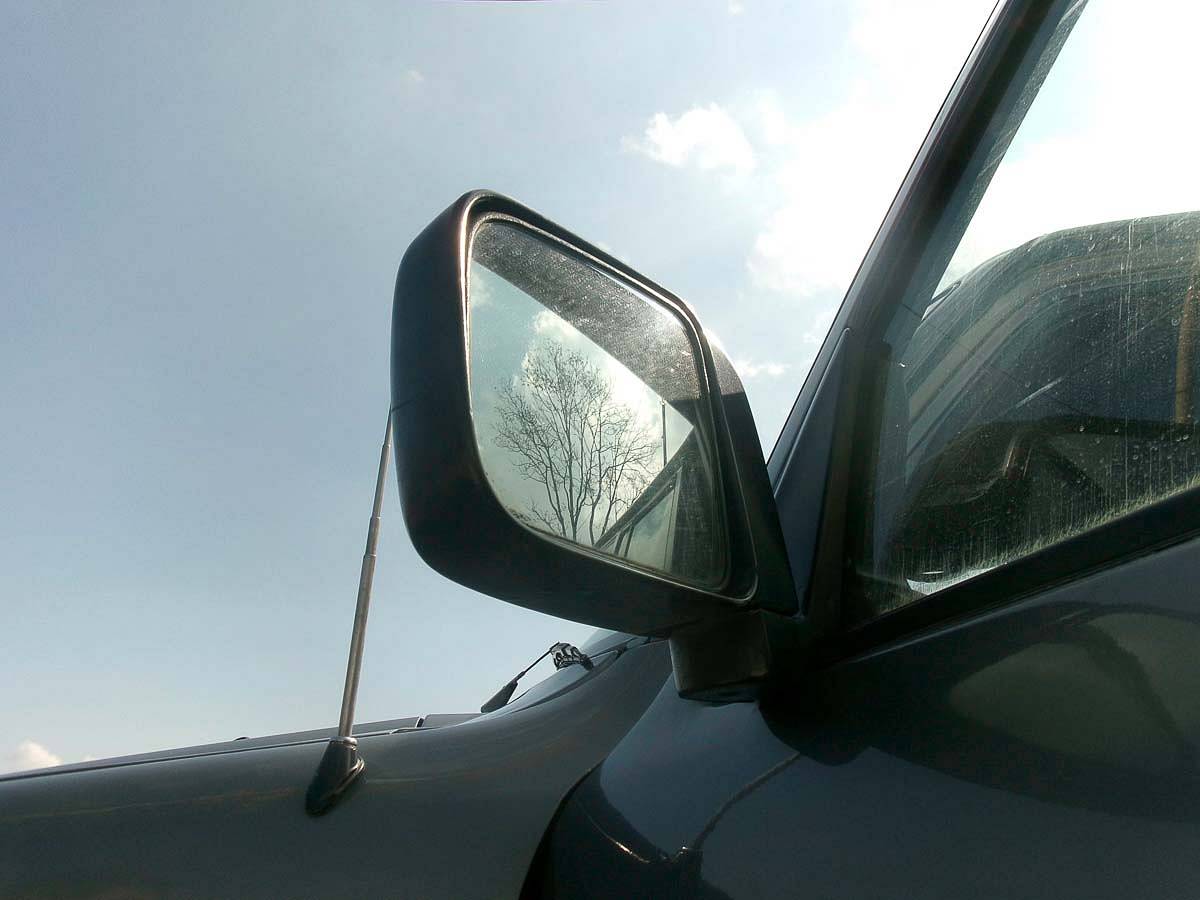

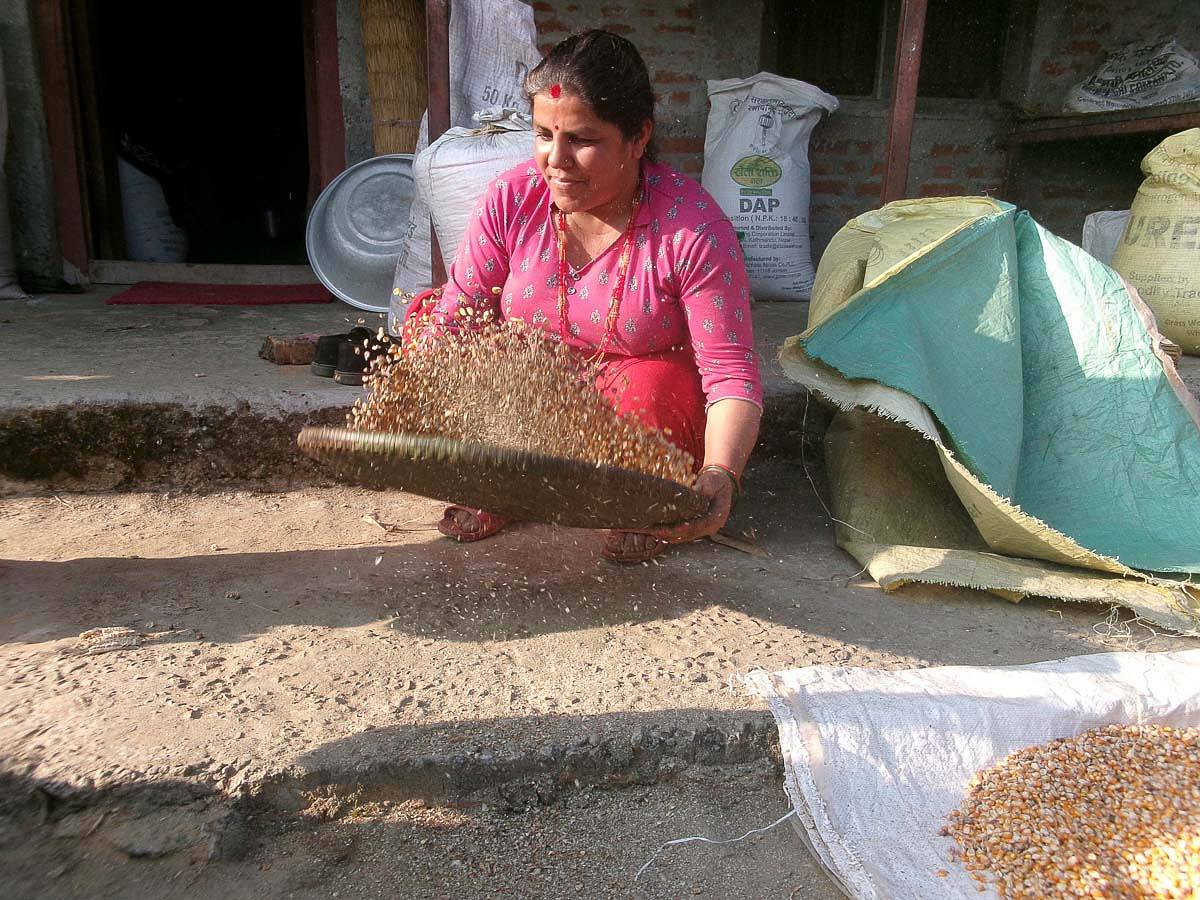

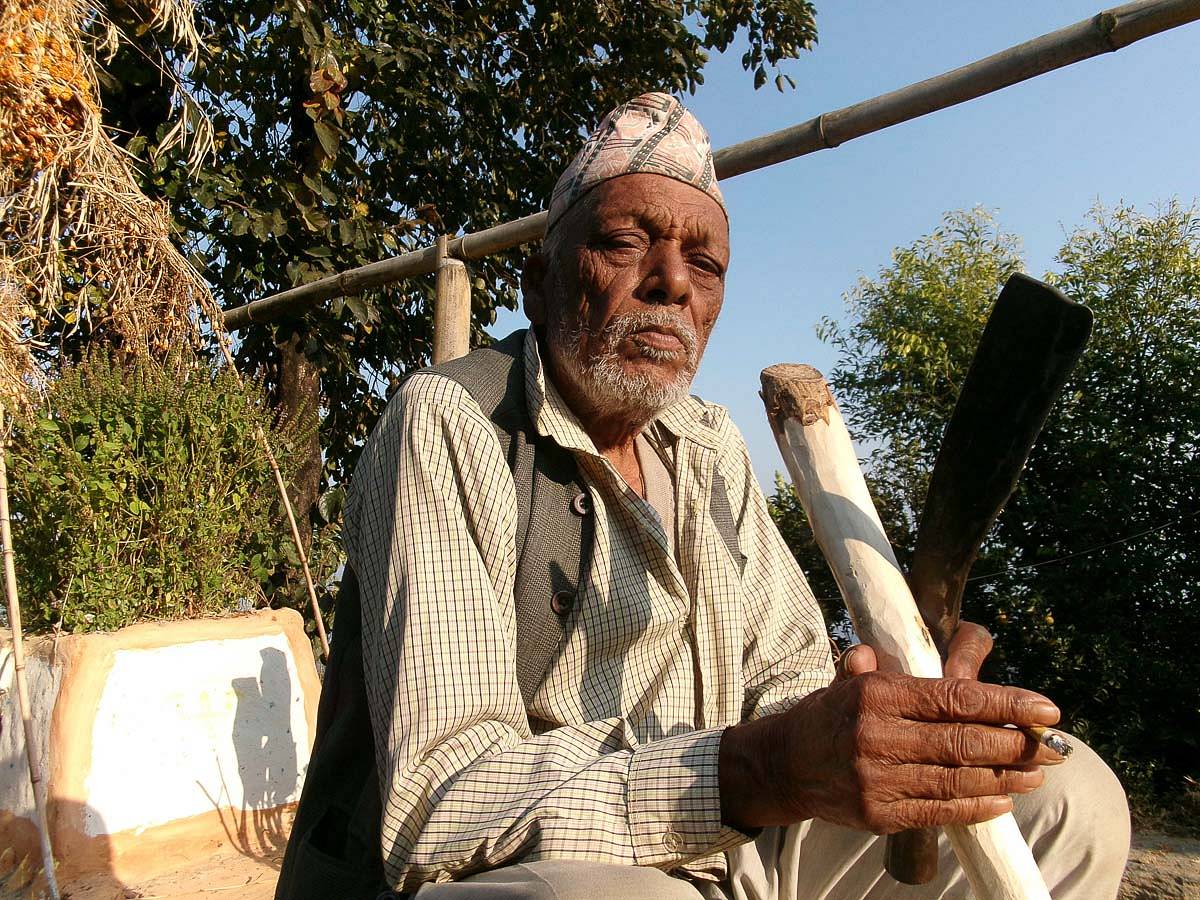
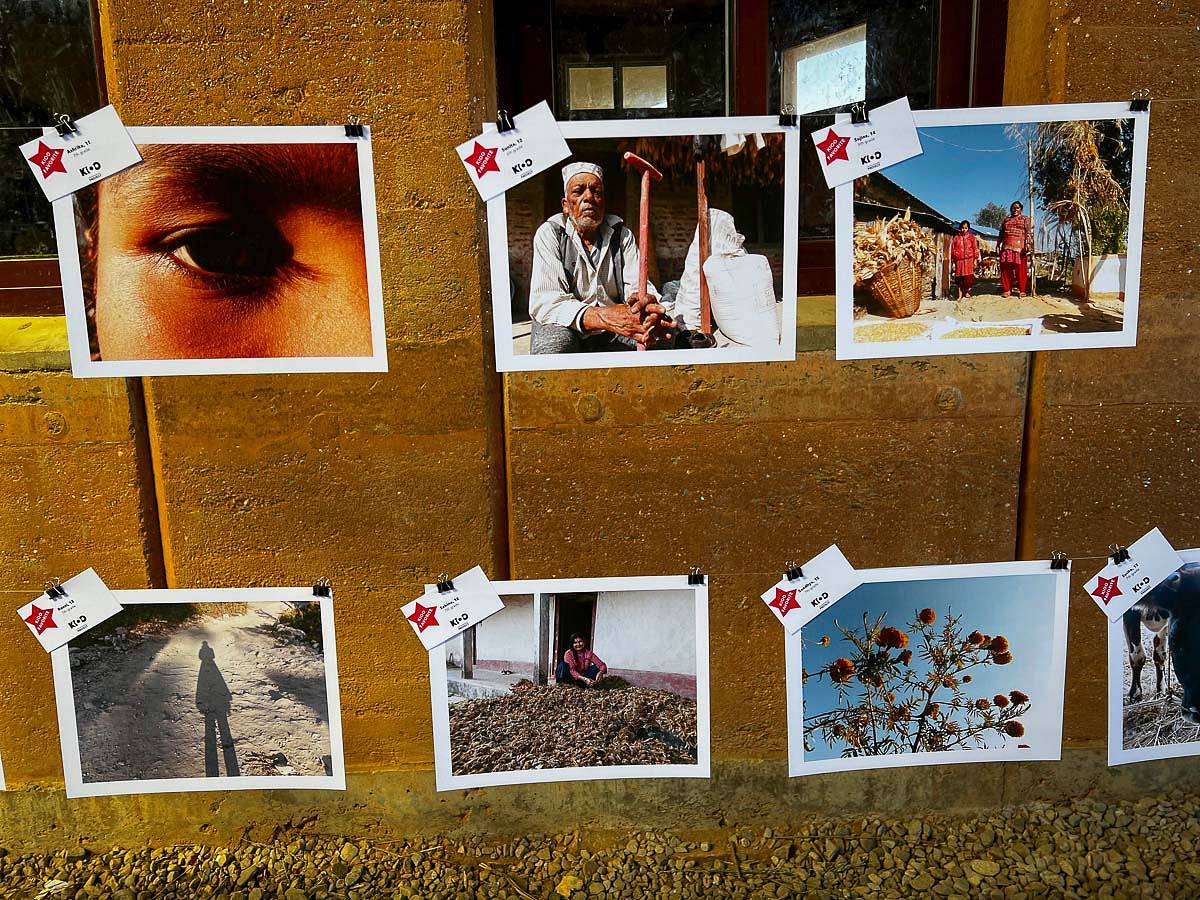



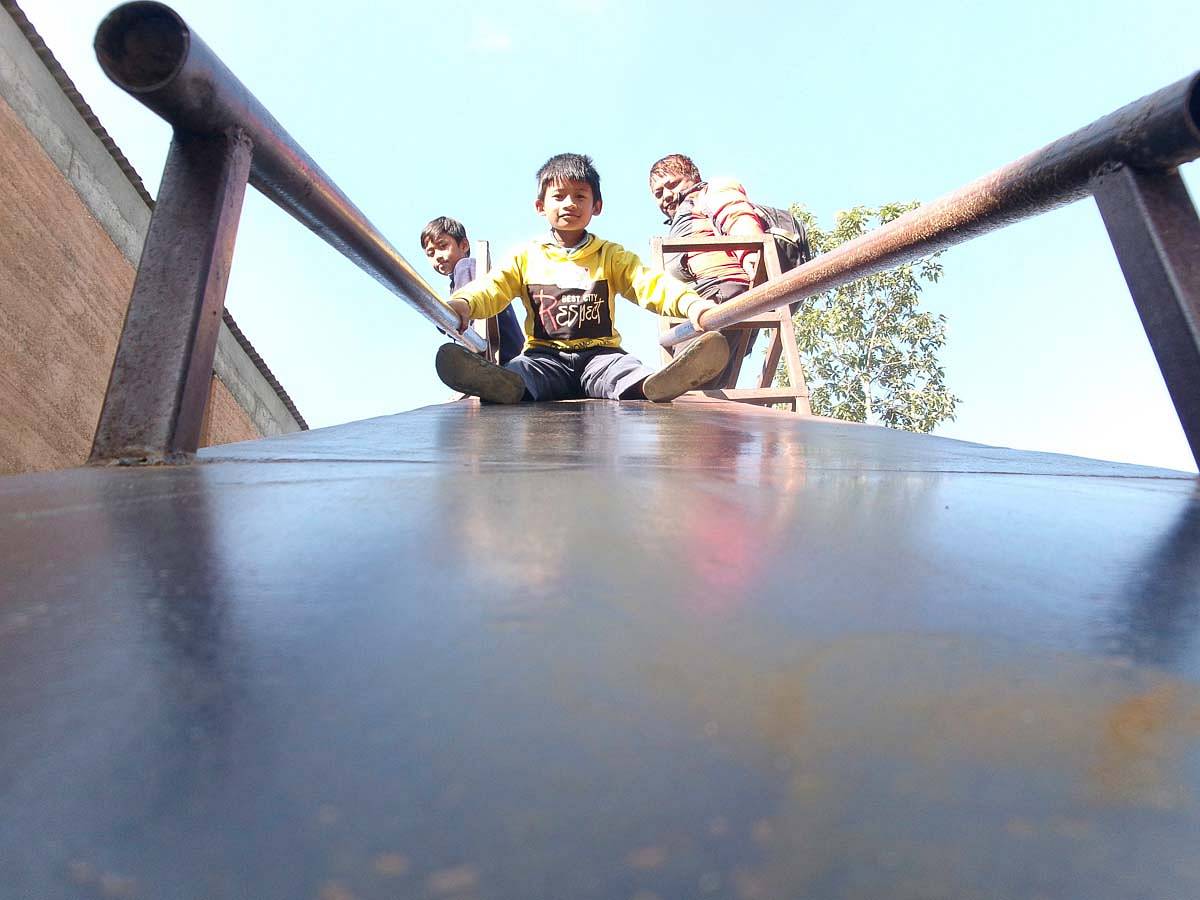

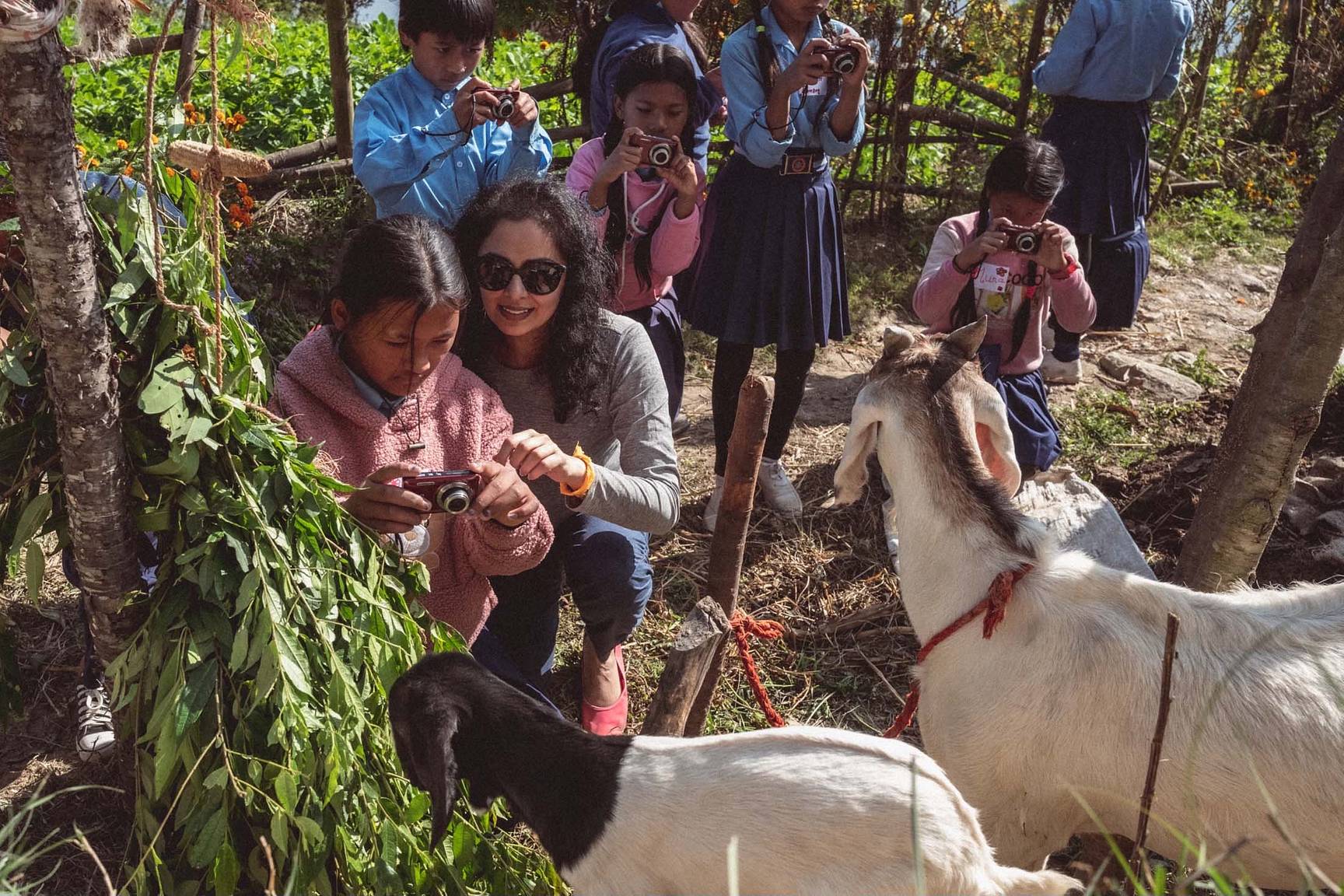

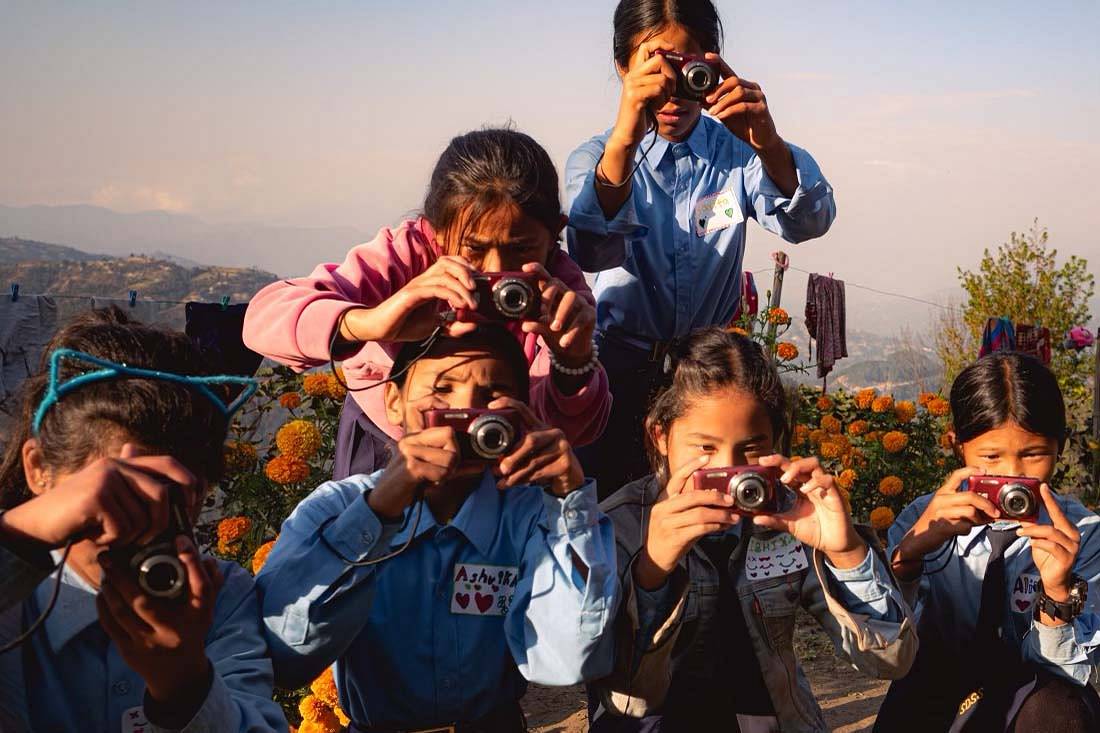


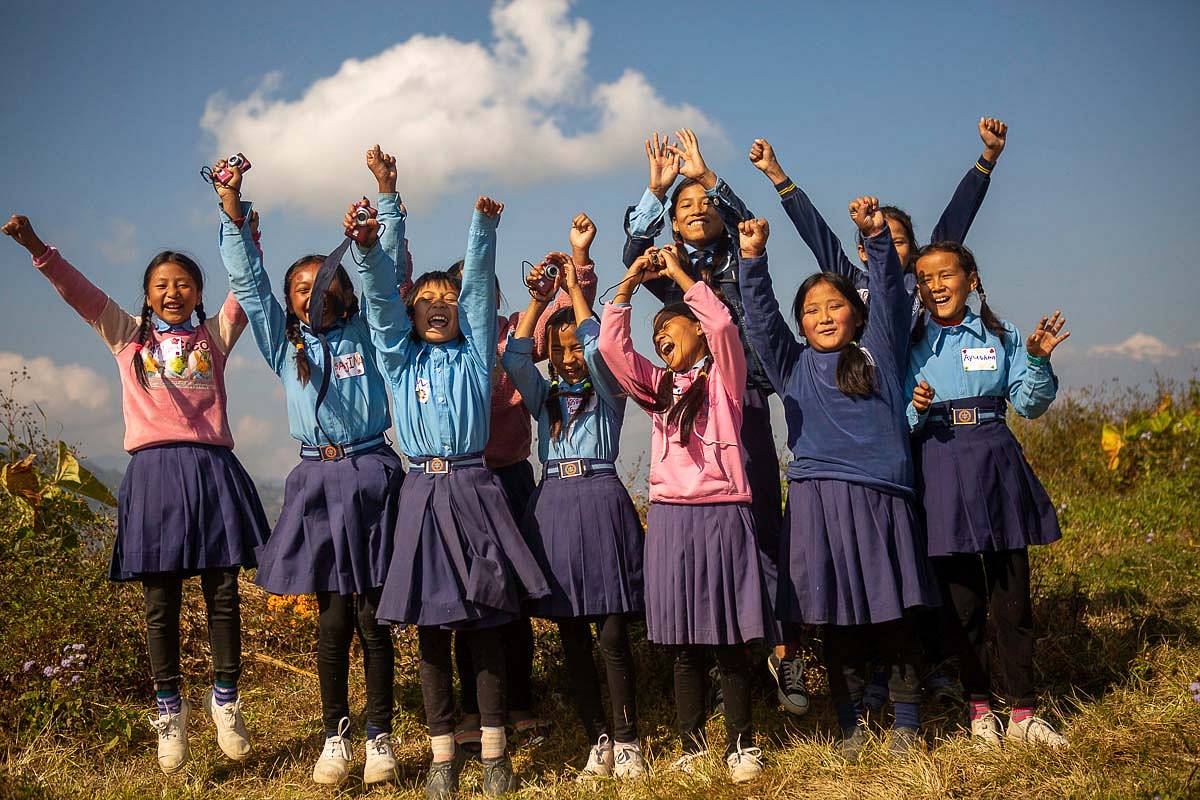


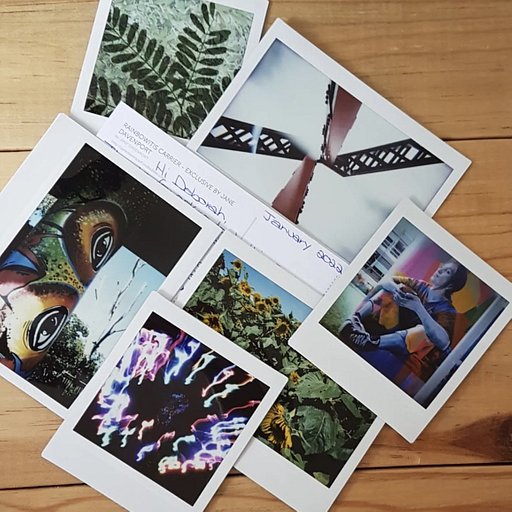













No Comments